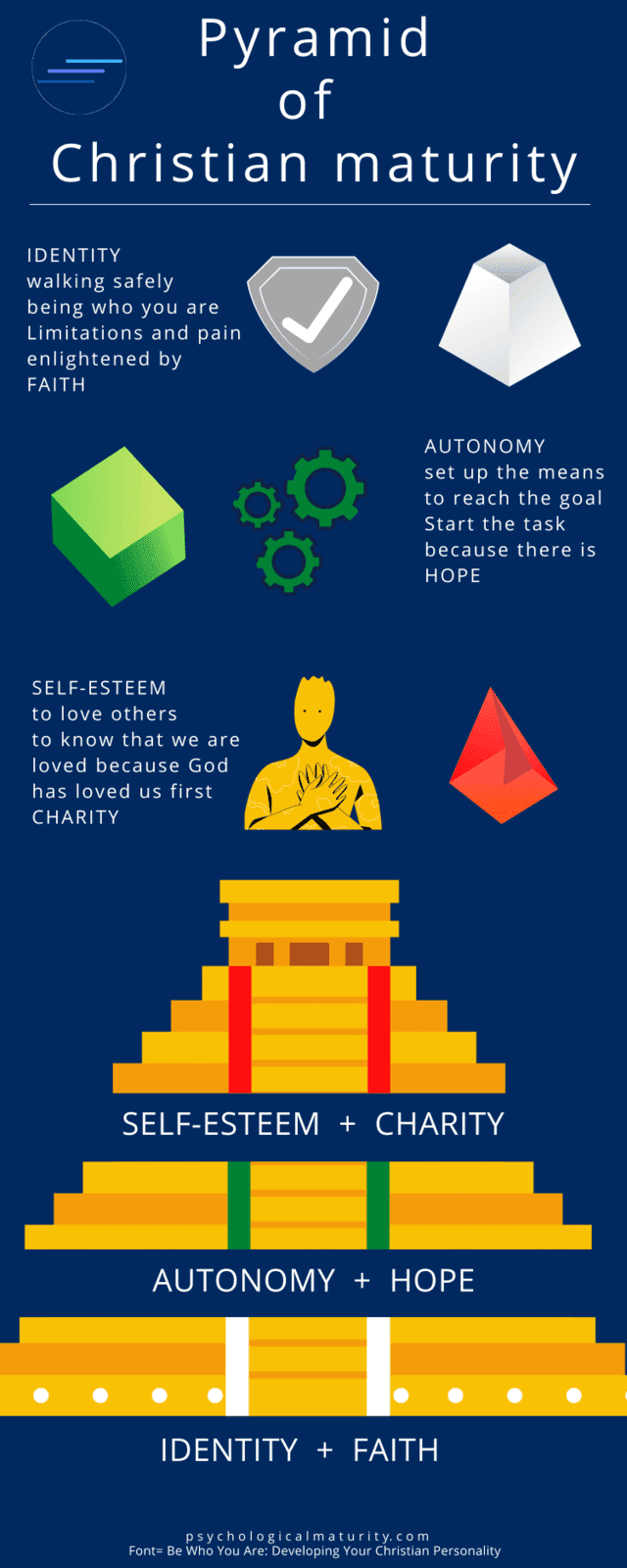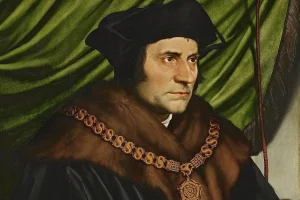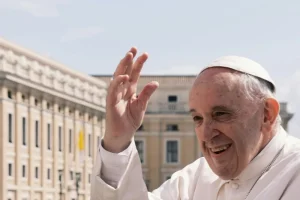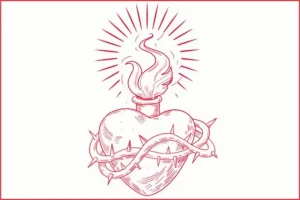How to mature and become good people
We present Christian maturity in a psychological-spiritual perspective, as a pyramid of three blocks or three binomials, which are built, mysteriously, in a simultaneous manner.
It is an itinerary in three dimensions, which we will explain after the infographic:
What is maturity? What does it mean to be a good person? And why do we speak of Christian maturity? Maturity is not the same for everyone, regardless of their beliefs?
All human beings are called to attain maturity, the fullness or harmony of life. However, many do not achieve it, because their earthly life is interrupted prematurely or because they suffer irreparable wounds.
Understanding maturity not as a state but as a process that lasts a lifetime, however short or long a life may be, brings us closer to the real meaning of suffering. Being “mature” is basically about making a project your own at every stage of life.
In the journey towards maturity, the Christian has a human model: Jesus Christ; and a divine helper: Jesus Christ. The core of the message of Jesus of Nazareth was and continues to be the need to love and be loved. Therefore, the person who welcomes and discovers in others God made man, and serves and loves them, advances along the privileged path to maturity.
The colors white, green and red (in the infographic) correspond to faith, hope and charity, as represented by St. John of the Cross (see text below).
Download infographic and text in pdf
Download infographics image in svg
Foundation of Christian maturity: identity and faith
At the base of the pyramid, the first dimension of maturity, we encounter identity and faith. The whole project is based on the identity of a unique and singular being. From this radicates the dignity of each person. The unborn and the elderly possess a self: they possess themselves in a certainly different way.
The identity is always the same, but it is enriched with time
Faith strengthens this basis of identity and leads us to recognize that we are limited creatures with an immortal soul. It enlightens the intelligence to believe in an intelligent and kind God, who has given us a mission: it gives us a more certain identity by showing us with extra clarity a worthwhile and joy-filled goal.
The Christian has an edge over the rest because when he stands before a mirror, he is not only seeking his true essence through this act of introspection: the Christian “contemplates” at himself in Christ, and he aspires to be more and more like Him; an aspiration he is well aware is not a solitary effort, because it is, above all, a matter of letting the Holy Spirit act in him. In Jesus he finds the firm rock on which to lean on and the keys to decipher the dilemmas of his existence, which include suffering.
Intermediate block: autonomy and hope
The central body of the pyramid is that of autonomy and hope. To possess oneself supposes deciding and advancing by choosing autonomously among different options.
The construction project is destined to face more or less difficult moments. And it is necessary to strive bit by bit, “stone by stone”. But only the confidence of finishing a task predisposes us to look for the means of achieving it. Only those who live with hope can set out to conquer their self, without remaining sadly anchored in the past.
Hope allows us to distance ourselves from events, to face them with less drama and good humor, thus overcoming setbacks. If something goes wrong, we pick ourselves up and take full advantage of the “disasters”.
Autonomy and hope give height and splendor to the pyramid of maturity. With them, we advance or revive the construction after a setback.
He who lives facing God and hopes in Him, when he does something wrong, he admits his guilt and asks for forgiveness. He transforms shame into repentance – if necessary, through confession, the sacrament of mercy – and begins again. Subsequently, he or she is capable of making definitive decisions in his or her life, such as giving himself or herself in marriage or celibacy, and put in place the means to protect these projects in stormy moments.
He knows that there is someone to whom he is oriented, someone who loves him, someone to whom he can respond. The Christian does not remain enclosed in a solitary individual project, in a selfish, absolute and unreal autonomy, but unites himself to others.
The apex of the pyramid of Christian maturity: self-esteem and charity
At the top of the pyramid is self-esteem and charity. Charity, love of God and love of neighbor, gives meaning to and crowns the edifice of a fulfilled existence, and makes possible true love of self, the healthy self-esteem that serves as a guideline and measure of love for others. Knowing and feeling loved by God before we are born confirms us in our own value and heals every wound.
When our time of existence comes to an end, the mature person appreciates not so much what he has done, but what he is and has been. He does not consider himself indispensable and knows that others will come.
With this perspective, we can see that the ambitious project of Christian maturity is openness and the search for others, in order to make them participants in our joy. This is what it means to be good people, to be happy and to attain holiness.
If we look around us, we discover other people, daughters and sons of the same God who loves us. One can also look inward, and see the points of incoherence, the flaws or cracks that need to be repaired.
And at a certain point, one senses that life on earth is only the beginning: we are called to a Life after life, which has already began here, with the gift of faith, hope and charity.
A small child, who perhaps has never began to build his own pyramid, can suddenly find himself at the top. For some, heaven arrives suddenly, illuminating everything.
—————————–
The colors of the virtues are taken from St. John of the Cross, The Dark Night
(Chapter 21)
The saint describes the human soul, which goes out to meet God protected against the three greatest dangers: the devil, the world and the flesh, with a disguise of three colors.
- Against the devil, it is protected by “faith, (which) is an inner robe of such lofty whiteness that it disintegrates the sight of all understanding”.
- To overcome the dangers of the world, she superimposes “a green sackcloth, by which (…) the virtue of hope is signified”.
- And against the flesh: “an excellent red robe, by which is denoted the third virtue, which is charity, [which] makes the soul rise so much in point, that it puts it close to God so beautiful and pleasing (…), with anxieties in loves inflamed”.
Wenceslao Vial








0 Comments